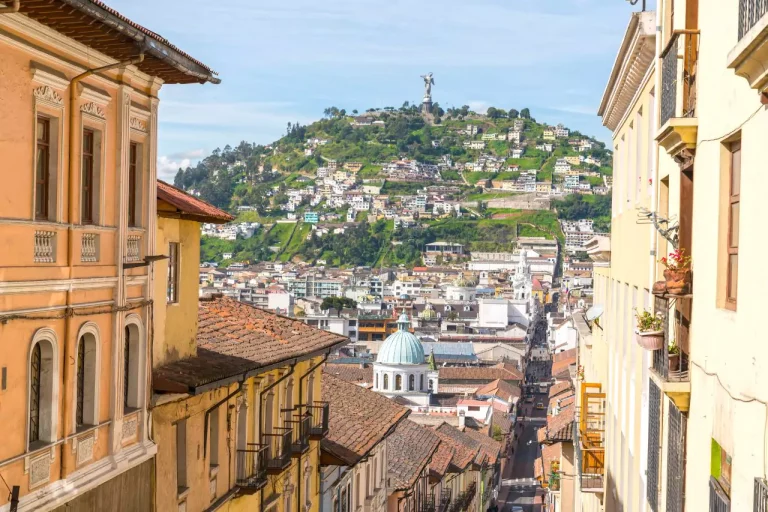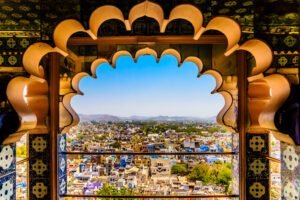Quito, the capital of Ecuador, is a city rich in history, culture, and stunning landscapes, making it a popular destination for travelers. The best time to visit Quito largely depends on the weather and the activities you wish to engage in. Generally, the dry season, which runs from June to September, is considered the best time to visit. During these months, visitors can expect sunny days and less rainfall, ideal for exploring the city’s historic center, which is a UNESCO World Heritage site, and enjoying outdoor activities such as hiking in the nearby mountains.
Table of Contents
The Climate Like in Quito Throughout the Year
Quito is situated close to the equator at an altitude of roughly 2,850 meters (9,350 feet) above sea level, giving it a unique climate that is often described as a “land of eternal spring.” Despite its equatorial location, the city experiences a temperate climate. Here’s a breakdown of Quito’s climate throughout the year:
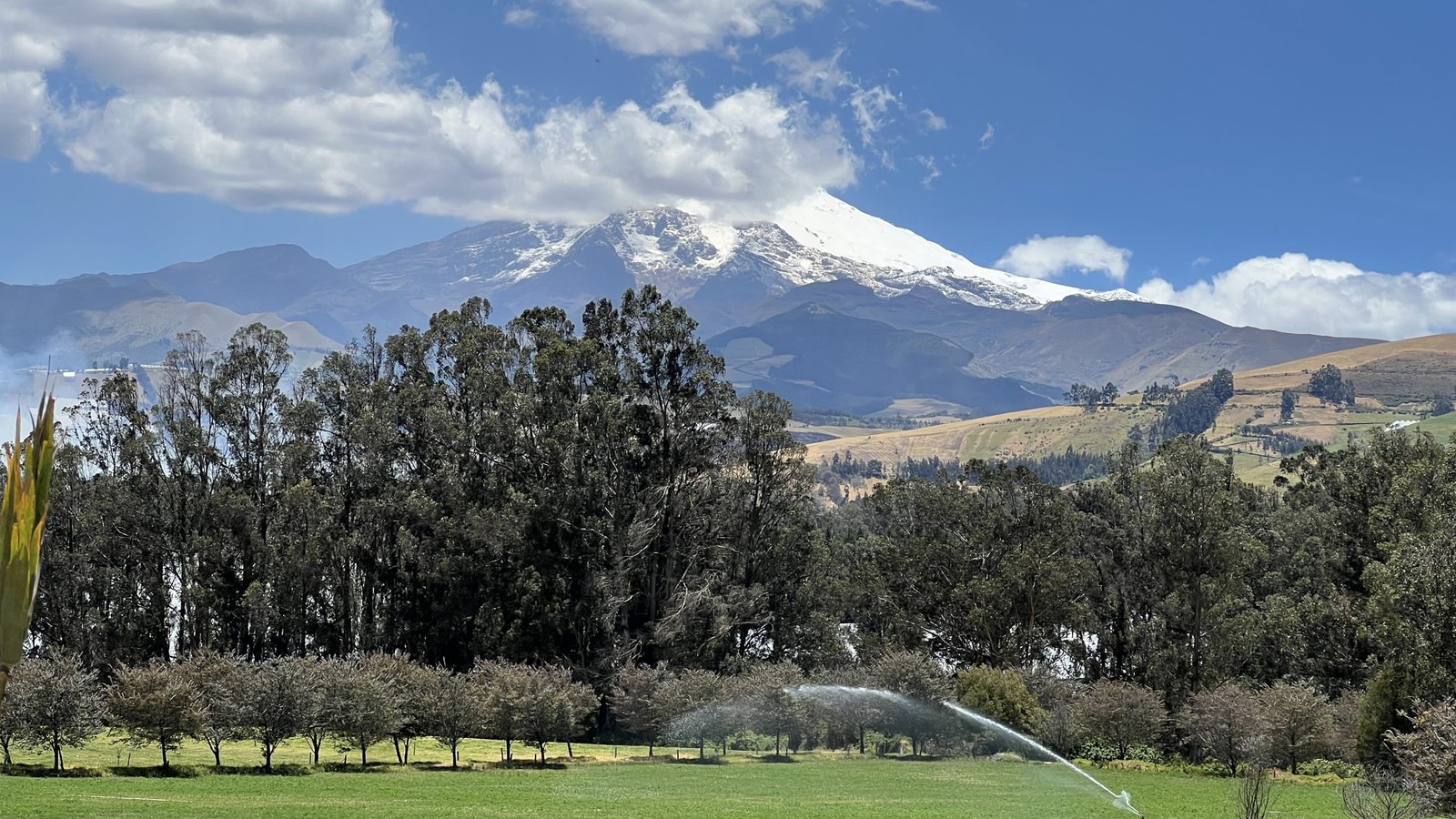
Temperature
- Average Temperatures: Daytime temperatures in Quito typically range from 15°C to 25°C (59°F to 77°F), while nighttime temperatures generally drop to around 10°C to 12°C (50°F to 54°F). The climate is cool and mild, making it comfortable for most activities.
Rainfall
- Rainy Season: Quito experiences its main rainy season from October to May, with the heaviest precipitation usually occurring between April and May. During this period, rain can be frequent, often in the form of short but intense showers, typically occurring in the afternoons or evenings.
- Dry Season: The months of June to September are considered the dry season, with markedly less rainfall. This period sees more sunny days and is often the preferred time for tourists wanting to explore the city’s outdoor attractions.
Variability
- Microclimates: Due to its diverse topography and altitude, Quito boasts several microclimates. Different neighborhoods may experience varying weather conditions. For example, areas closer to the mountains may have cooler and windier weather, while the central parts of the city can be warmer and sunnier.

Best Time to Visit Quito
- June to September: As previously stated, the dry season is generally regarded as the best time to visit Quito. The weather is sunny and the chances of rain are lower, making it great for sightseeing and outdoor activities.
- October to May: While this is the rainy season, many tourists visit during the shoulder months (October, November, February, and March) when rainfall is not as intense, and the city is less crowded.
Recommendations for Visiting
- Layered Clothing: Regardless of when you visit, it’s advisable to dress in layers. Mornings and evenings can be cool, while afternoons may warm up significantly. Packing a light rain jacket is also wise, especially if you’re visiting during the rainy season.
- Altitude Considerations: Due to Quito’s high altitude, some visitors may experience altitude sickness. It is crucial to stay hydrated, acclimatize if necessary, and avoid strenuous activities during the first few days of your visit.
While Quito’s climate is generally mild and temperate year-round, visiting between June and September will typically offer the best weather for exploration. However, if you don’t mind some rain, the off-peak months can provide a more tranquil experience in this captivating city.
The Major Festivals and Events in Quito
Quito, Ecuador’s vibrant capital, is home to numerous festivals and events that reflect its rich cultural heritage. These celebrations offer a fantastic opportunity for visitors to experience local customs, music, dance, and food. Here are some of the major festivals and events celebrated in Quito:
Fiestas de Quito (Quito’s Festivals)

- When: December 1-6
- This festival celebrates the founding of Quito in 1534. It’s marked by parades, concerts, cultural events, and various festivities throughout the city. Traditional music and dancing, as well as street food stalls, create a lively atmosphere that attracts both locals and tourists.
Semana Santa (Holy Week)
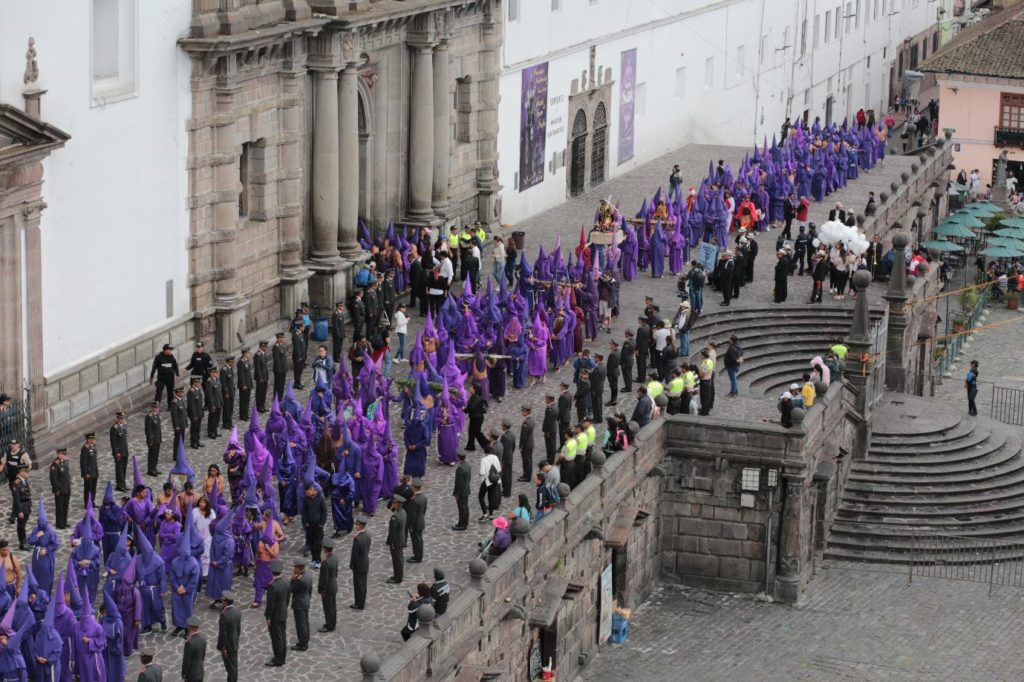
- When: The week leading up to Easter Sunday
- Semana Santa in Quito is one of the most important religious celebrations in Ecuador. The city hosts processions featuring elaborate floats, religious icons, and participants dressed in traditional attire. The ceremonies and events are characterized by deep spirituality and cultural significance.
Inti Raymi (Festival of the Sun)
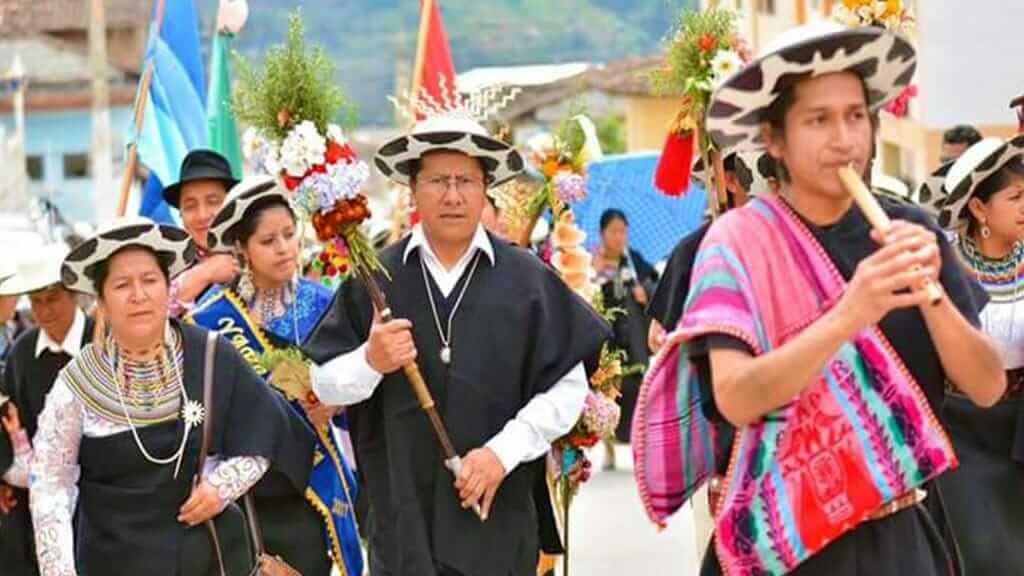
- When: June 21
- Though Inti Raymi is an Andean festival celebrated across various regions, Quito also holds its own celebrations. This festival honors the Incan sun god, Inti, and includes traditional music, dance, and rituals that reflect indigenous culture.
Fiesta de la Luz (Festival of Light)
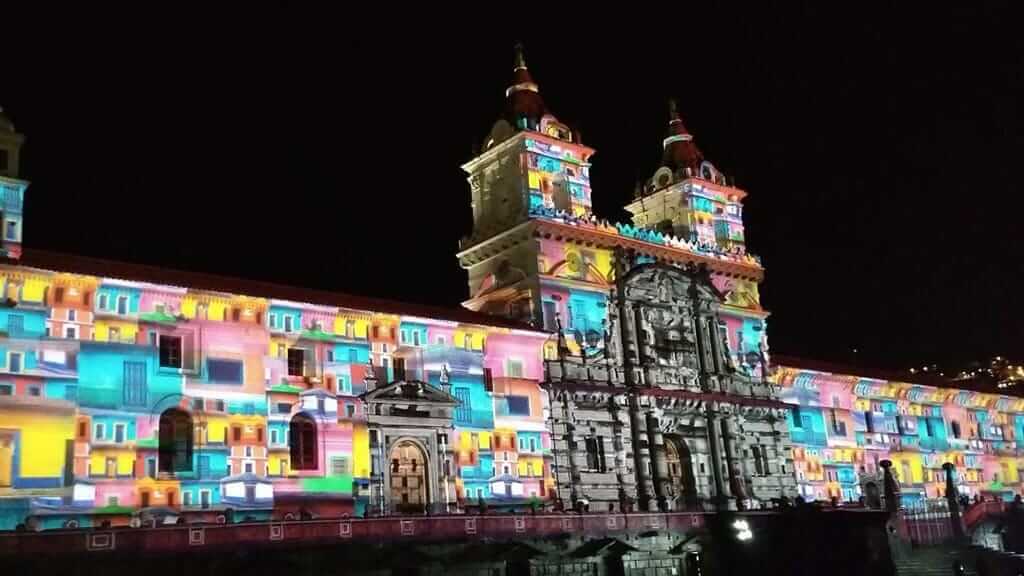
- When: Usually held in August
- This modern festival transforms Quito’s historic center into a vibrant display of light and colors. The streets are adorned with light displays, and various artistic performances take place. This event highlights the beauty of Quito’s architecture and is a feast for the senses.
Carnaval
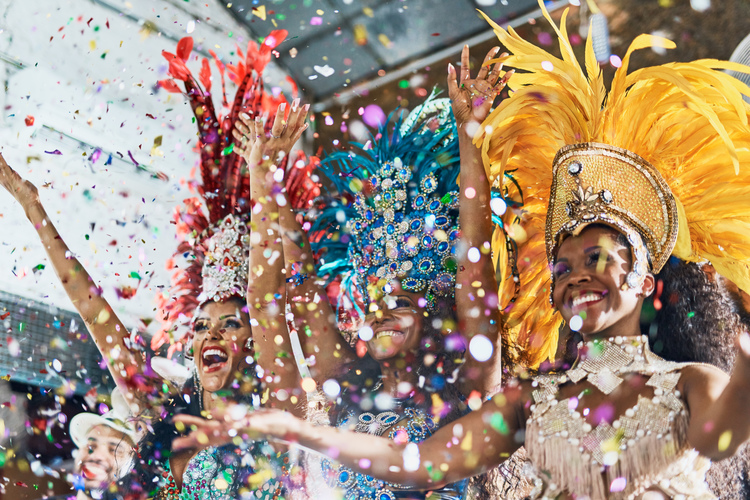
- When: Monday and Tuesday before Ash Wednesday
- Carnaval in Quito is celebrated with music, dance, and street parties. Traditionally, people throw water, foam, and even fruits at each other in a playful celebration. It’s a time of joy and camaraderie, with plenty of delicious local food to enjoy.
Día de los Muertos (Day of the Dead)
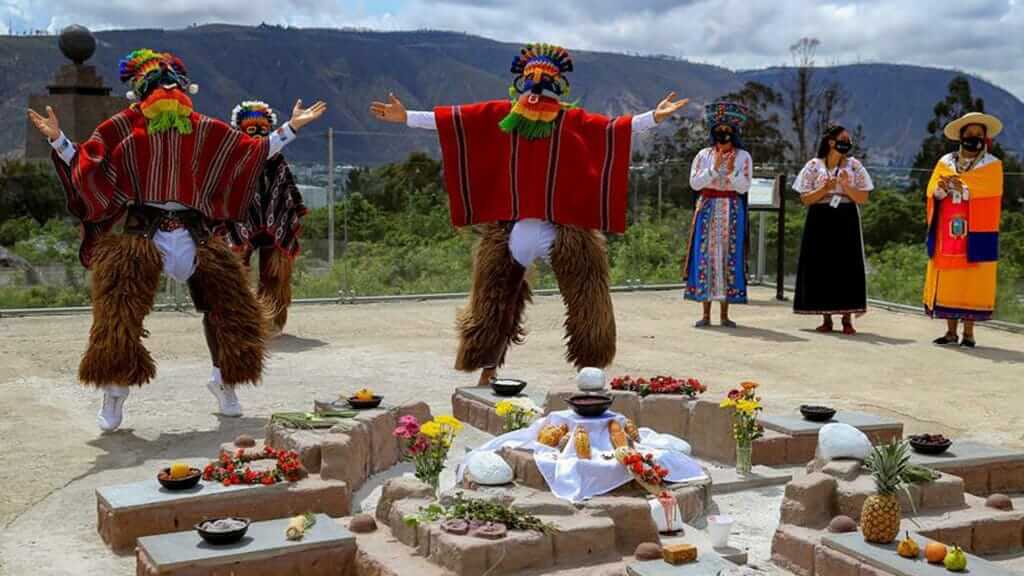
- When: November 2
- While Día de los Muertos is more prominently celebrated in other parts of Latin America, Quito honors this tradition as well. Families create altars to honor their deceased loved ones, often including traditional foods, flowers, and candles. The atmosphere is a blend of remembrance and celebration.
La Mama Negra Festival

- When: November (specific date varies)
- Originating in Latacunga but celebrated in Quito, La Mama Negra is a colorful and unique festival that combines indigenous, African, and European influences. Dancers wear elaborate costumes, and the festivities include music, fireworks, and the traditional practice of pouring liquor on the earth as an offering.
QuitoFest (International Festival of Music)

- When: Annually, usually in December
- This festival showcases diverse musical genres from Ecuador and around the world. Various concerts take place in different venues throughout the city, featuring local and international artists. It’s a fantastic occasion for music lovers to explore new sounds.
Quito’s International Jazz Festival

- When: September
- Celebrating jazz music, this festival attracts renowned jazz musicians and local talents. Concerts are held in various theaters and public spaces, creating a dynamic atmosphere that emphasizes the cultural fusion of Quito.
Quito’s festivals and events provide an exciting glimpse into the city’s cultural soul, making it an engaging destination year-round. Whether you’re wandering the streets during Fiestas de Quito or immersing yourself in the spirituality of Semana Santa, these celebrations offer unforgettable experiences that showcase the heart of Ecuadorian culture.
How Altitude Affect the Weather in Quito
Quito is located at an altitude of approximately 2,850 meters (9,350 feet) above sea level, making it one of the highest capital cities in the world. This high altitude has a significant impact on the weather and climate of the city:
Temperature Variability
Due to its elevation, Quito experiences a unique microclimate. The temperature remains relatively mild throughout the year, with average daytime temperatures ranging from 15°C to 20°C (59°F to 68°F).
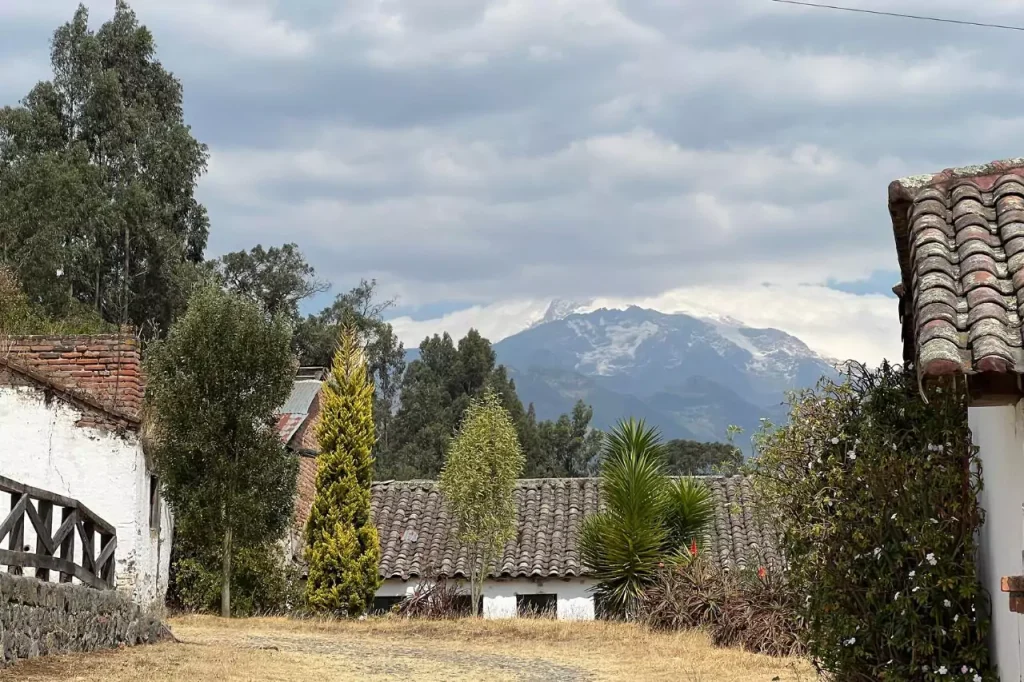
However, nighttime temperatures can drop significantly, often falling to around 10°C (50°F). Because of this variability, layers are essential when dressing for a day in Quito.
Sun Intensity
The thinner atmosphere at high altitudes means that ultraviolet (UV) radiation is stronger.
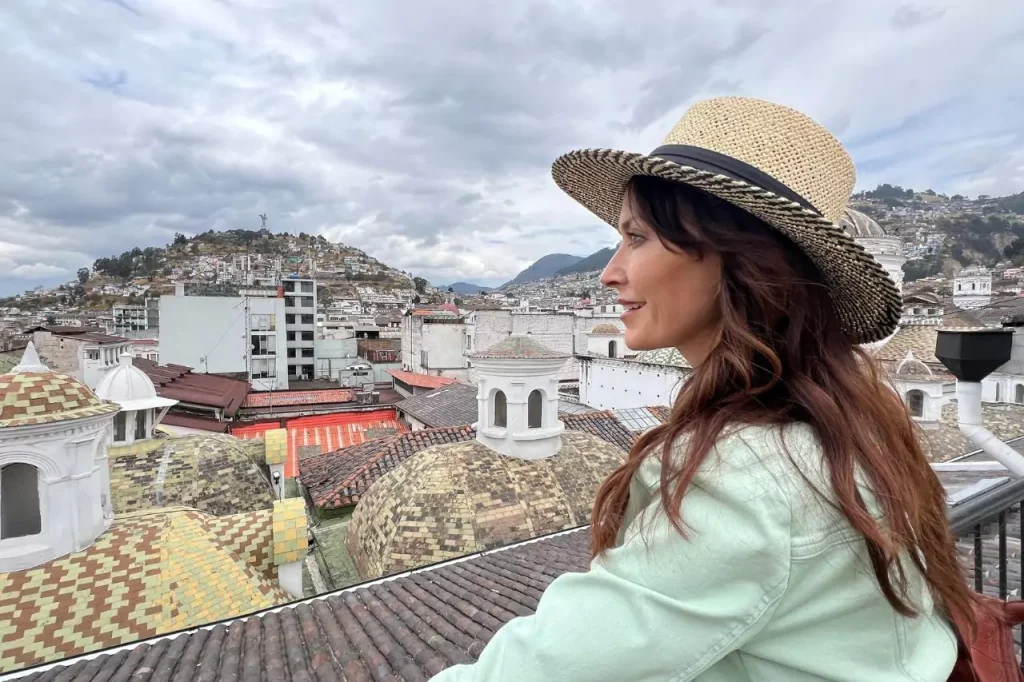
Visitors may not feel the sun’s intensity immediately due to the cooler temperatures, but they can easily get sunburned, so sunscreen and protective clothing are advisable.
Rainfall Patterns
Quito experiences two main seasons: the dry season and the rainy season. The dry season typically runs from June to September, when rainfall decreases and days are sunnier.
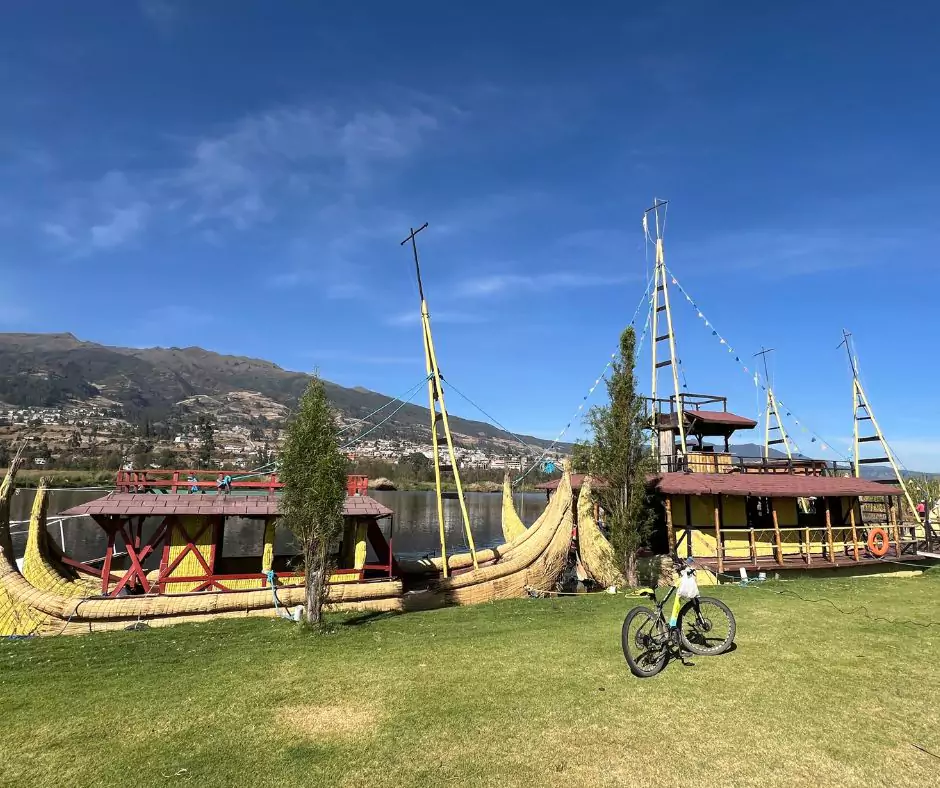
The rainy season lasts from October to May, with the heaviest rains often occurring in April and May. However, even in the rainy season, Quito can have sunny mornings, followed by afternoon showers.
Oxygen Levels
High altitudes mean lower oxygen levels, which can lead to altitude sickness for some visitors, especially those who are not acclimatized.
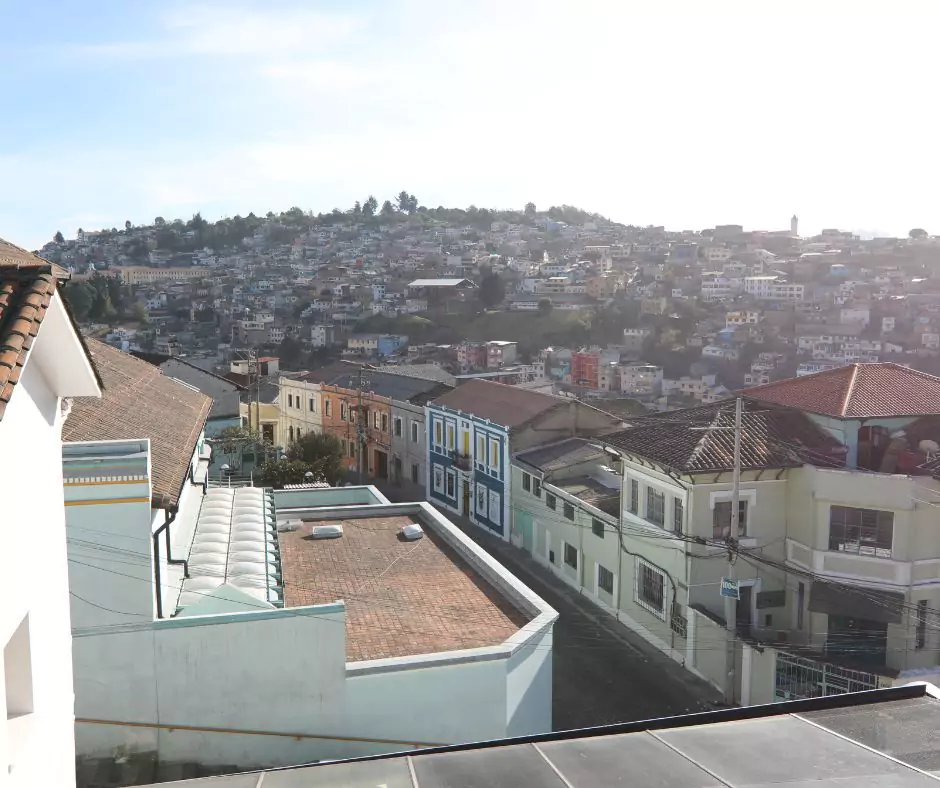
Symptoms can include headaches, dizziness, fatigue, and shortness of breath. It’s advisable to take it easy upon arrival, hydrate well, and allow time for acclimatization.
Microclimates
The elevation can create various microclimates within the city and its surroundings, influenced by factors such as proximity to the equator and topography.
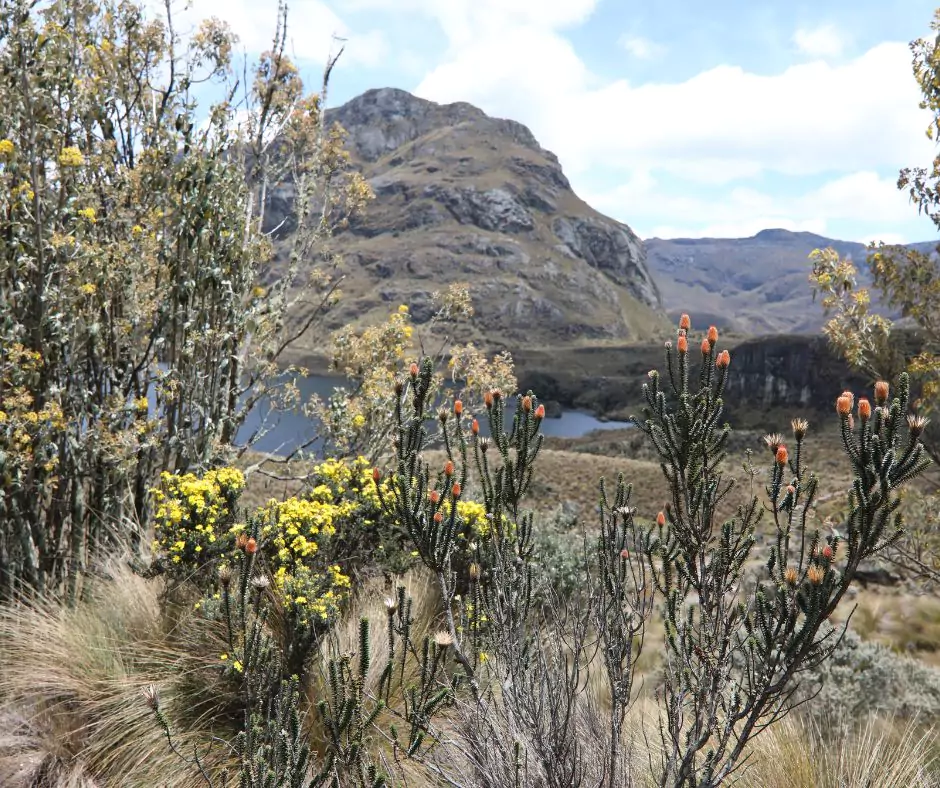
In certain areas, especially on the western side of the city, you might encounter more fog and cloud cover.
Impact on Activities
- The altitude not only affects weather patterns but also impacts outdoor activities. Because of the cooler temperatures and the potential for quick weather changes, it’s essential to check the forecast before heading out for horsebackriding or excursions.
The altitude of Quito has a profound effect on its weather, creating a mild climate with distinct wet and dry seasons, higher UV radiation, and unique challenges related to altitude itself. Travelers should be aware of these factors to fully enjoy their experience in this enchanting city.
Some Popular Activities to Do in Quito During Different Seasons
Quito offers a wide range of activities throughout the year, each season bringing unique opportunities to explore the city’s rich culture, stunning landscapes, and vibrant atmosphere. Here’s a breakdown of popular activities to enjoy in Quito during different seasons:
Dry Season (June to September)
1. Exploring the Historic Center
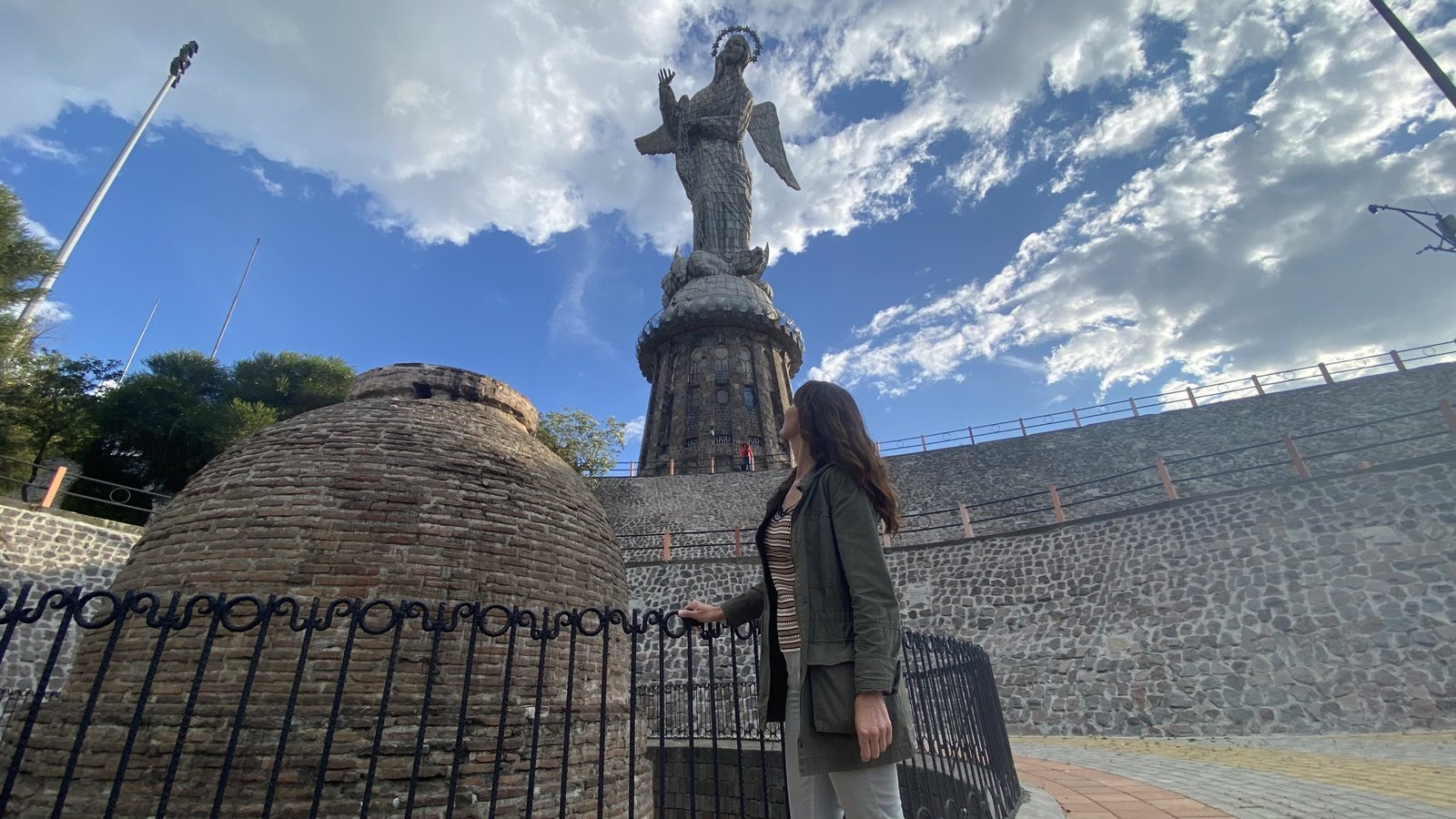
The dry season is perfect for wandering around Quito’s historic center, known for its colonial architecture and beautiful churches, such as La Compañía de Jesús and San Francisco Church.
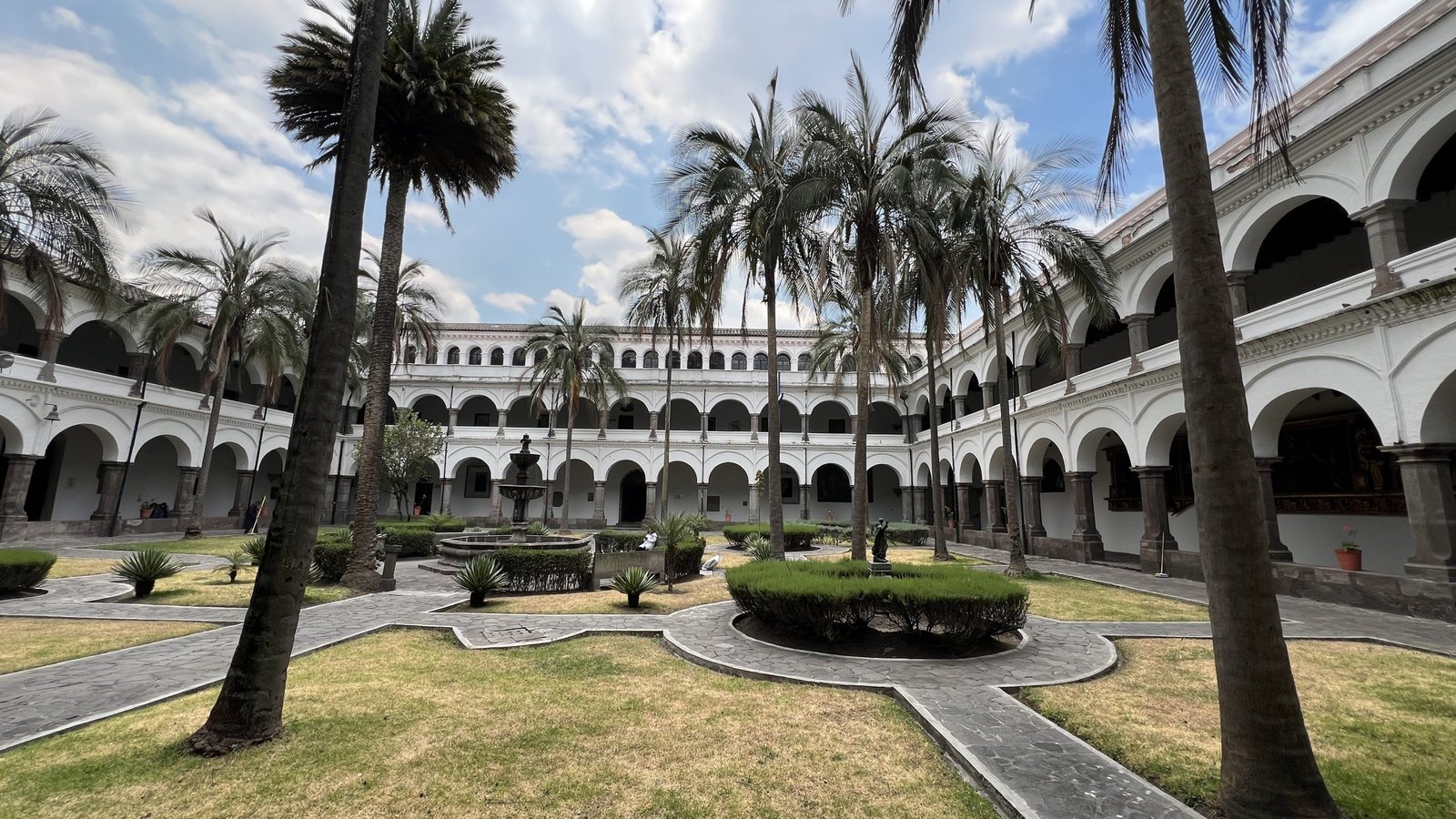
2. Hiking or Horsebackriding in the Andes

With clear skies and mild temperatures, it’s an ideal time for hiking. Popular trails include the Pichincha Volcano, where you can take the Teleférico (cable car) to reach higher altitudes or a horsebackriding activity and enjoy breathtaking views.
3. Visiting the Mitad del Mundo
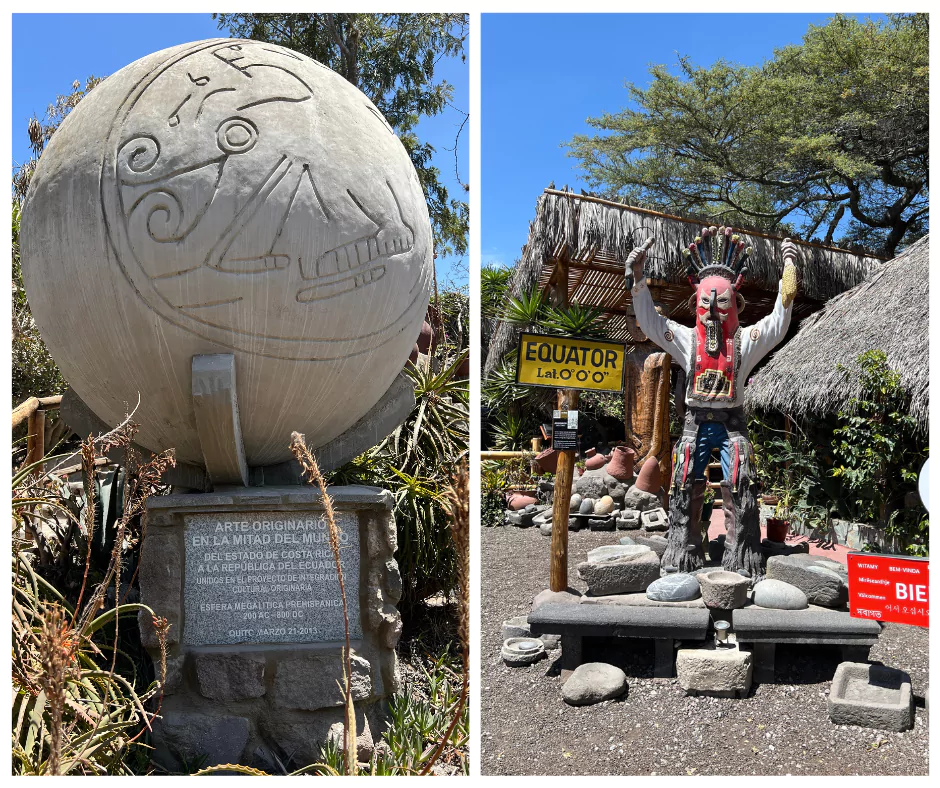
Take a day trip to the Equatorial Monument, located just outside Quito, to stand on the equator and learn about the scientific and historical significance of the region.
4. Cultural Festivals

Participate in cultural festivities like the Festival of the Sun (Inti Raymi) in June, which celebrates the Andean culture with music, dance, and traditional rituals.
Rainy Season (October to May)
1. Cultural and Historical Tours

While rain is more common during this season, Quito’s wealth of museums and historical sites make for great indoor activities. Visit the Museo Nacional del Ecuador and the Casa del Alabado to immerse yourself in Ecuadorian culture.
2. Food Tasting Tours
Enjoy diverse culinary experiences, including food tours that take you through local markets and eateries.
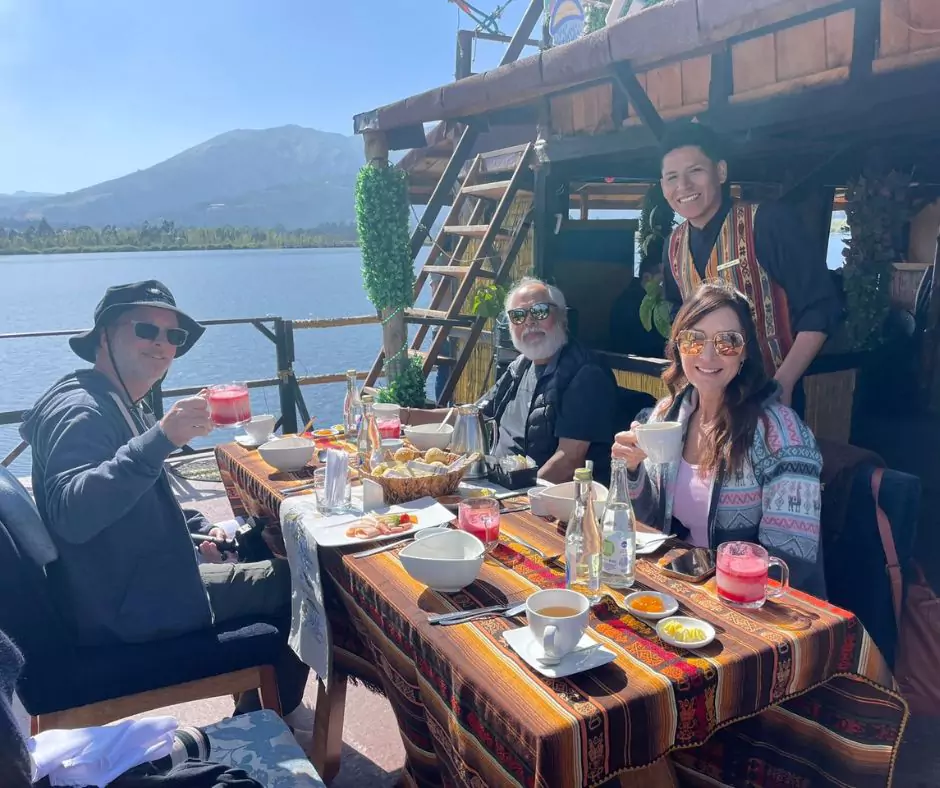
Pass through La Ronda, known for its artisan shops and traditional eateries.
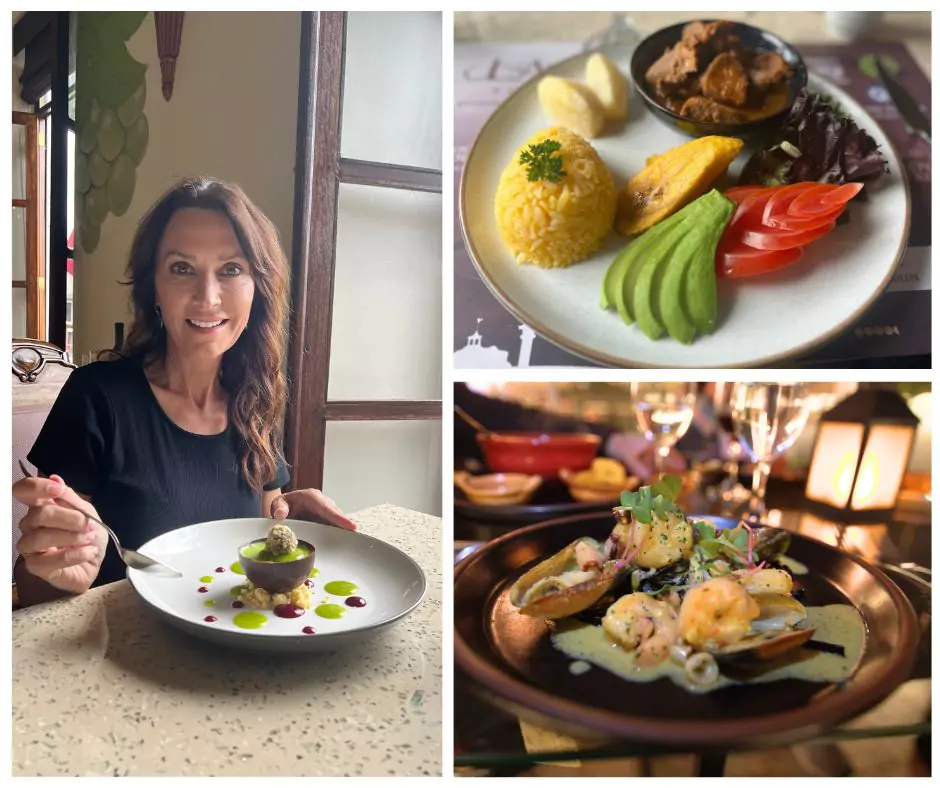
3. Day Trips to Surrounding Areas

Visit the beautiful town of Otavalo, famous for its indigenous market, where you can find handmade crafts and textiles.
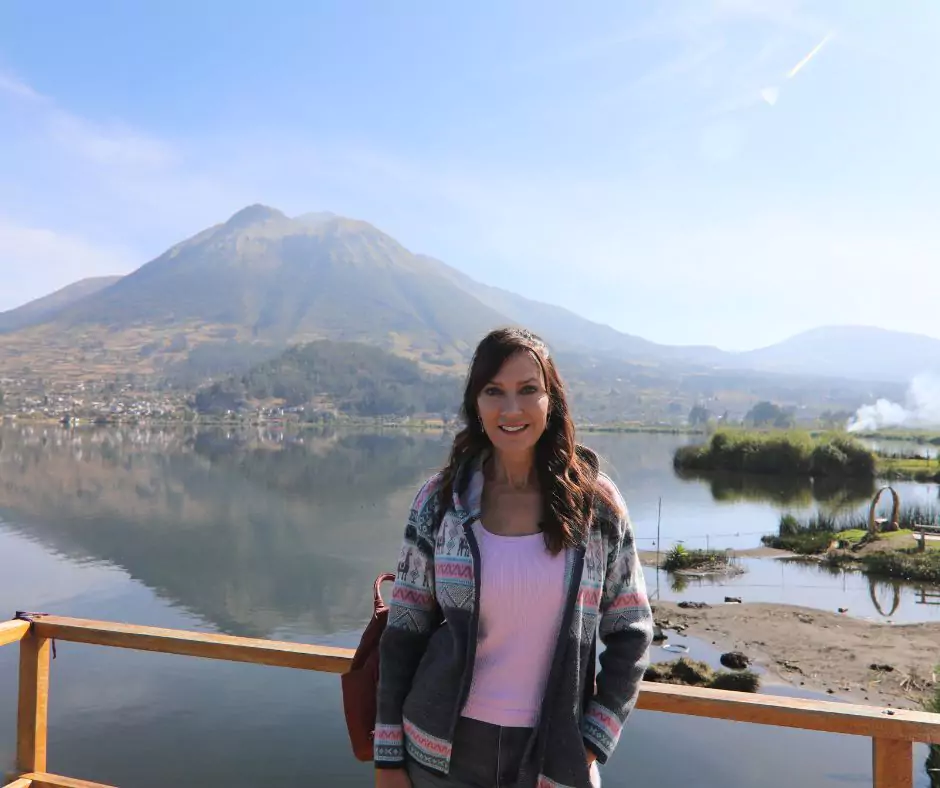
Or take a trip to the Lake San Pablo near Quito, Ecuador , you can see the Imbabura volcano.
4. Cloud Forest Exploration
The rainy season nourishes the enchanting cloud forests, making it a great time for birdwatching and exploring flora and fauna. Areas like Mindo are accessible and offer beautiful waterfalls and lush trails.
Year-Round Activities
1. Historic Center Exploration
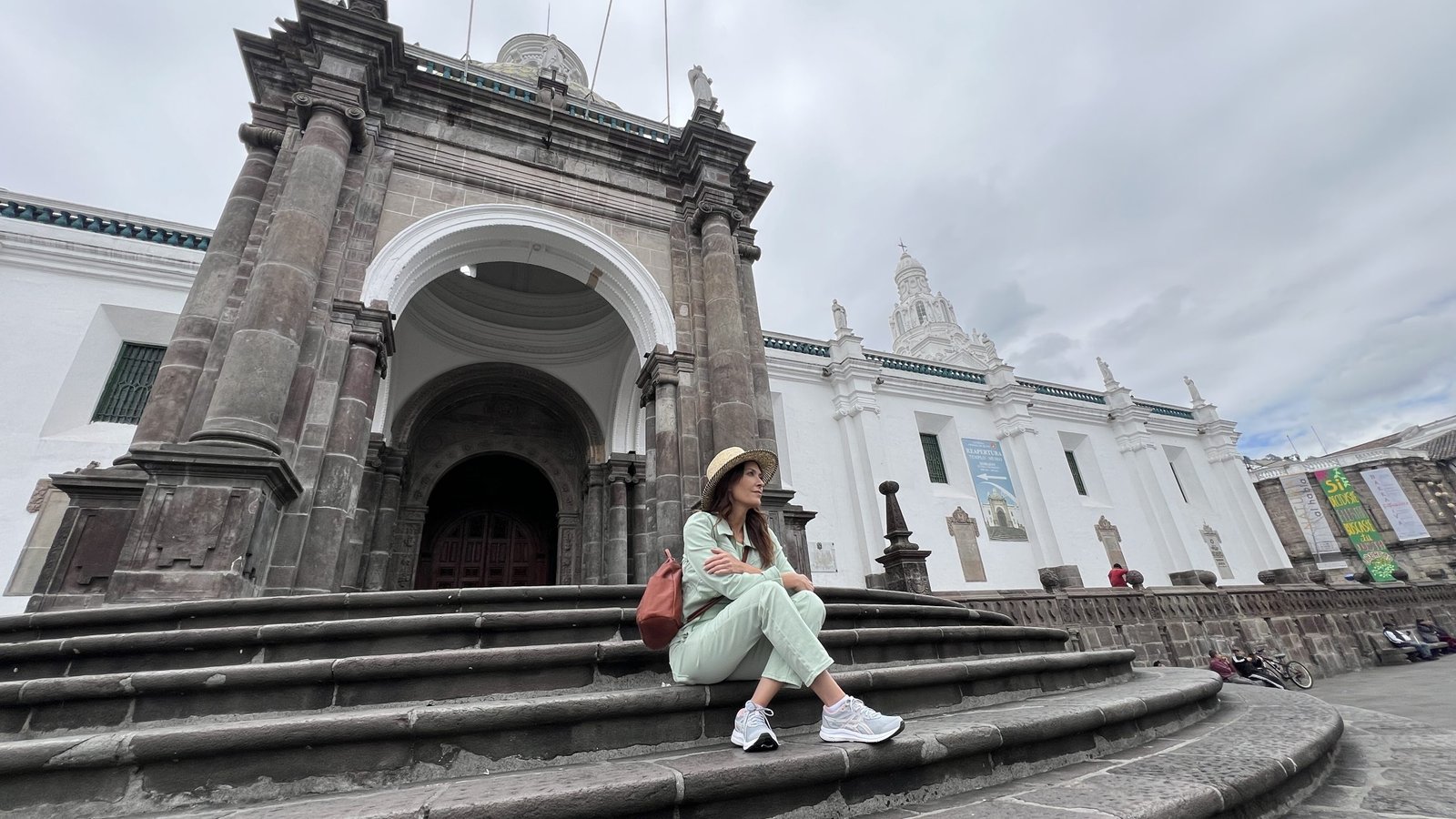
Discover Quito’s Historic Center, a UNESCO World Heritage Site, filled with stunning colonial architecture.
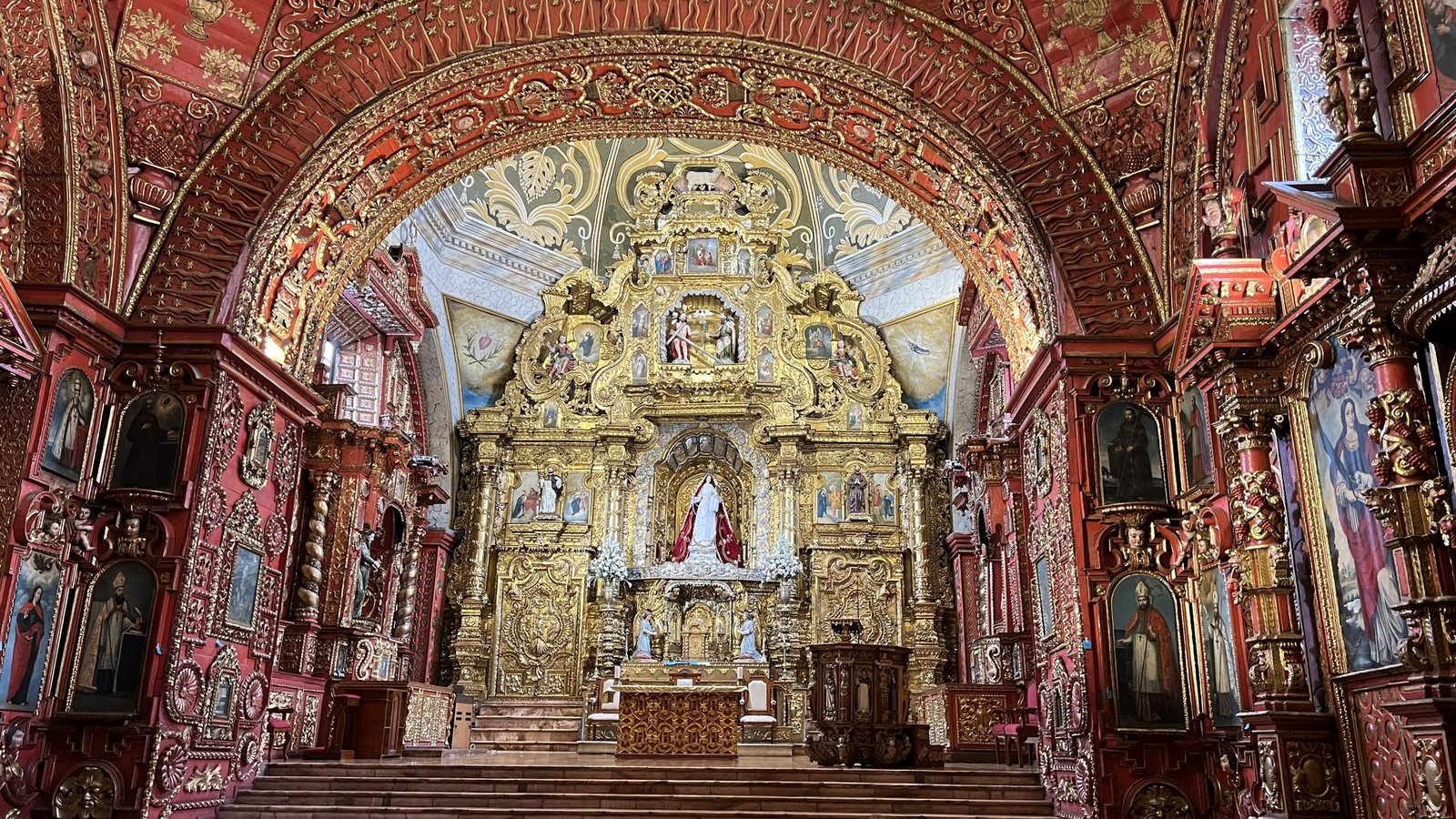
Visit iconic landmarks like La Compañía de Jesús, known for its breathtaking gold interior, and San Francisco Church, a symbol of Quito’s rich history and culture.
2. Art and Handicraft Shopping
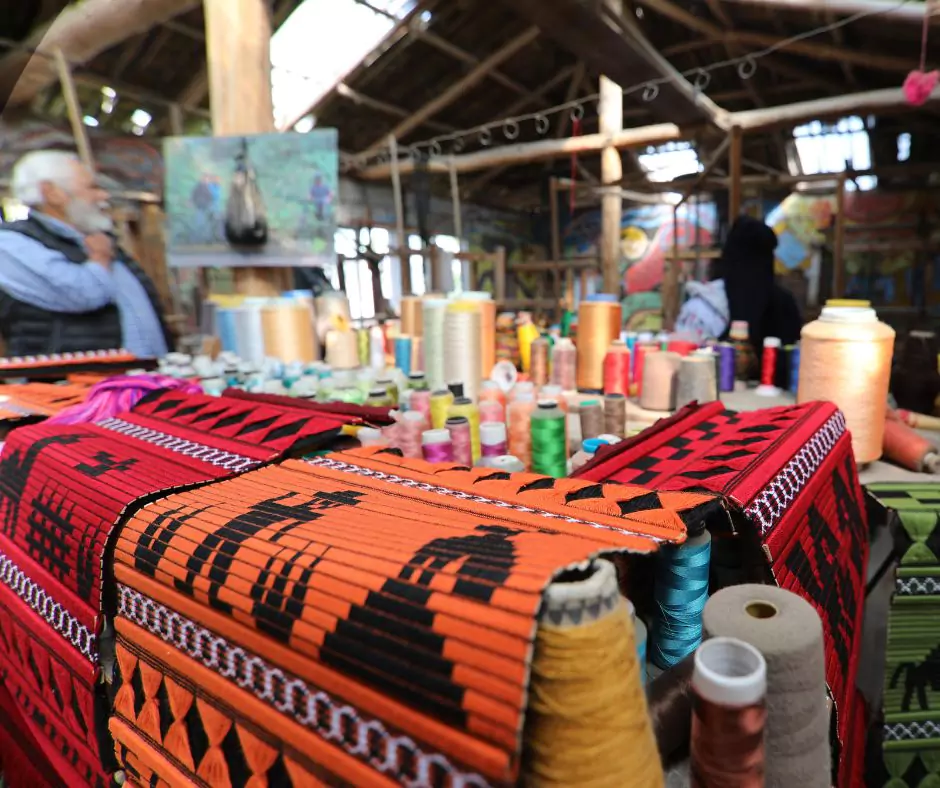
Quito is known for its artisan handicrafts, and year-round markets provide plenty of opportunities to purchase unique souvenirs, textiles, and jewelry.
3. Panecillo Hill

Regardless of the season, a hike or drive up to the Panecillo offers stunning panoramic views of the city and the surrounding Andes.
4. Equatorial Experiences

There are various equatorial-themed attractions that can be visited anytime, including the Intiñan Museum near Mitad del Mundo, which provides fascinating demonstrations about the equator.
Final Thoughts
Overall, the best time to visit Quito depends on your preferences and interests. The dry season (June to September) offers optimal conditions for exploring and outdoor activities, while the rainy season (October to May) allows for rich cultural experiences and exploration of lush landscapes, albeit with a higher chance of rain. Regardless of when you decide to go, Quito’s vibrant atmosphere, rich history, and stunning surroundings await you, ensuring a memorable visit.
More Ecuador Travel Guide and Tips
Ecuador Roses: A Traveler’s Guide to Unique Experiences
In Search of the True Equator Line in Ecuador
How Microentrepreneurship Empowers Ecuador’s Culture Bearers
5 Best Hotels in Quito Ecuador









